Are you a proud new puppy parent and wondering how to start crate training an 8 week old puppy? You’ve come to the right place! Crate training can be a game-changer in your puppy’s life, providing them with a safe haven while teaching them essential life skills. In this comprehensive guide, we’ll explore the benefits of crate training, how to choose the perfect crate, essential steps for successful puppy crate training, and how to overcome common challenges. Let’s embark on this journey to create a happy and well-adjusted puppy together!
Key Takeaways
- Crate training your 8-week-old puppy now is the perfect opportunity to lay a strong foundation for keeping your dog healthy and happy!
- Choose the right size and type of crate that suits your pup’s individual needs, then introduce it in a positive way with treats & dog toys.
- Establish regular routines while reinforcing desired behavior with praise & treats (avoiding overcrating) for successful crate training results!
Why Crate Training is Important for Your 8-Week-Old Puppy
Now is the perfect time to crate train your 8-week-old pup, as they are still young and looking to adopt positive practices. But why exactly is this sort of instruction so important? Let’s look into some of its primary benefits. Crate training can form a base for holistic growth and well-being in an old puppy by teaching them routine habits that will become integral parts of their lifestyle going forward.
House Training Benefits
Crate training is a great way to speed up the potty training process for puppies, as they dislike relieving themselves in their dog crate which is their natural sleeping space. Pet parents should ensure regular potty breaks are given during both day and night. By taking your pup directly from its cage to an appropriate area where it can do its business, you’re teaching them discipline while reinforcing positive behaviors, something that benefits everyone! If they do not relive themselves, then return them to their crate. Crate training a puppy encourages good habits and efficient potty training overall.
Safety and Security
For those first few nights, it’s important to provide your puppy with a sense of security by sleeping in the same room as them or placing their crate near yours. The puppy’s crate acts like an oasis for when they feel stressed. Providing them with a safe and secure area where they can be undisturbed.
As your pup or older dog grows more confident and comfortable over time, you should carefully transition their bed from one location to another so that this experience is positive for both you and your canine companion!
Preventing Unwanted Behaviors
Crate training is an essential part of teaching your puppy positive behaviors and creating a content canine companion. By providing them with their own special space, you are limiting access to items they may chew on or destroy while unsupervised. Not only does the cozy crate provide comfort when left alone, but it can also help reduce anxiety so that your pup stays focused instead of succumbing to destructive habits. Crate trained pus are safe and secure.
In brief, establishing early rules through crate training will set up any young pup in a healthy lifestyle towards being happily trained and socialized around its people-family!
Choosing the Right Crate for Your Puppy
After understanding the relevance of cage training, let’s start selecting an appropriate crate for your lovely pet. The proper box is vital to guarantee success in this type of education and you must think through both its size and model that suit best with what your pup requires.
Now we can look into all features related to crate selection more accurately.
Crate Size
When determining the ideal crate size for your puppy, keep in mind that it should be spacious enough to let them stand up and turn around comfortably while lying down. Calculate their length plus 4 or more inches of space as well as add an additional four-plus inches to their height, allowing room for growth but not so much where they might use one corner of the area as a restroom.
Crate Types
When it comes to dog crates, there are various types available including wire, soft sided, and plastic crates. Each one has its own advantages and drawbacks that need to be taken into consideration when selecting the best type for a puppy’s needs. Wire crates provide good ventilation, but may not contain messes as well as plastic ones. They can also fold up easily making them convenient for transportability purposes. Adding a dog bed within these designs will give extra comfort while placing toys inside gives added entertainment value too!
Plastic cages offer more containment. With other cage options, yet they tend to create increased noise levels due to their construction properties of being less collapsible compared with wire models, something which could influence how much visual stimulation is experienced by puppies while they are housed therein.
Meanwhile, mesh setups carry the benefit of light weight portability yet might struggle against chewing or destruction habits sometimes observed from untrained pooches so care should still be employed here despite this positive point mentioned beforehand. Taking time assessing what works better based on each dog’s individual circumstances ensures you make an informed decision about obtaining the correct piece of housing equipment before buying!
The Crate Training Process Step by Step
The crate training process of introducing, creating a comfortable environment for an 8 week old puppy and establishing a routine is outlined to guide you in transforming your young pup into a skilled crate trainee. This thrilling journey begins with the right choice of cage, ensuring that it has all the characteristics necessary for success.
Introducing the Crate
Position the crate in a spot where your puppy can get to it conveniently and investigate. Give treats and toys as encouragement for them to check out their new space, while being tolerant enough so they approach on their own terms- creating a positive relationship right away with the cage.
Creating a Comfortable Space
Provide your new puppy with a welcoming and comfortable space in their crate by furnishing it with soft bedding, toys that are familiar to them (like an old blanket or toy) as well as items that carry scents from home. This will ensure the pup enjoys spending time inside of their cozy den, creating a warm and inviting atmosphere.
Establishing a Routine
Crate training your puppy requires patience and consistency to be successful. Having a set schedule for your puppy including regular feeding times, playtime and potty breaks is essential. As the pup becomes more used to it’s crate environment, these rest periods can gradually become Apart so that they learn how best to control their bathroom habits effectively. Keeping this routine in place will help you reach satisfactory results with cage-training your canine companion.
Overcoming Common Crate Training Challenges
Crate training with a puppy can have its ups and downs, but one can handle these hurdles if equipped with the right techniques. This part will discuss two problems that usually arise: how to deal with whining/crying from the pup as well as establishing an evening routine involving their crate. Strategies for tackling both of these issues are essential in guaranteeing a successful experience when it comes to crate training your dog.
Dealing with Whining and Crying
Crate training can sometimes be accompanied by cries and whines from young puppies, which is why it’s necessary to handle this kind of behavior carefully. Instead of giving attention when your puppy makes noise, only give them attention after they are quiet and relaxed – showing the pup that crying doesn’t get what they want. It’s also important for you to make sure their needs are met prior to crating. Ensure meals have been eaten, a potty break has happened recently and there has been enough physical activity involved!
Nighttime Crate Training
For successful crate training, having a consistent nighttime routine is key for your pup’s adjustment. Before bedtime, tire out the puppy and restrict its food/water intake to just a few hours prior. Comforting scents can also help set up an easygoing atmosphere before dozing off. By following these steps regularly, your canine will start associating the cage with comfort rather than confinement at nightfall. That way you both benefit from restful slumber!
Crate Training Do’s and Don’ts
The significance of cage training for the welfare and contentment of puppies must be highlighted, along with key tips to ensure a positive experience for both dogs and dog parents. It is paramount that one employ rewarding reinforcement practices as well as avoid excessive crying periods.
For those looking to prepare their pup in an optimal way, adhering strictly to certain dos and don’ts concerning puppy rearing is essential. This applies particularly when it comes to using crates appropriately so that both pet parents and canine can reap its full benefits!
Positive Reinforcement
Crate training is a beneficial technique for dog owners. Dog trainers often rely on positive reinforcement to teach desired behaviors, offering treats and verbal encouragement as rewards. Consistent praise and incentives can help your puppy form a strong connection with their crate environment quickly. When they enter the cage calmly, it should be celebrated! As long as you are consistent in recognizing this behavior positively, eventually the pup will know that good things happen whenever they’re inside it.
Avoiding Overcrating
It is important for puppies to have a safe and secure living environment, and crates can be extremely helpful in creating good habits. Too much crying should not occur since these young animals need time to exercise, play with others and mentally develop into healthy adults. Thus, the amount of time spent inside the crate must stay under 4-6 hours per day while providing sufficient physical activities as well as mental stimulation outside the container. With this balance established between enjoying within their cage but also having periods away from it will result in happy dogs when they reach maturity. It is also important to keep in mind bladder hold time when leaving your pup in their crate.
Summary
The commitment of patience and consistency required for crate training an 8-week-old puppy will be worth the effort as it creates a safe, secure atmosphere while teaching important life skills. This guide has outlined how to select the right size crate, introduce your pup to it, create a comfy space in which they’ll feel at home, form routines around this object with rewards along the way when needed, and learning from any challenges faced throughout. With all these steps followed you can expect that eventually, after some hard work now, you will have reaped great joys of having yourself a content and properly trained companion!
Frequently Asked Questions
How long should an 8 week old puppy be in a crate?
For an 8 week old pup, no more than 3 hours of crate time should be imposed since they are not yet able to regulate their bladder control. To prevent the onset of separation anxiety in your young puppy, limit the amount of crying rather than risk having it for extended periods.
Is it normal for 8 week old puppy to cry in crate?
As the owner of an 8 week old pup, it is your responsibility to ensure that they are secure and content in their crate. It’s perfectly natural for puppies at this age to whine or whimper when kept inside. Due to boredom, feeling alone or even fearfulness.
Should I lock my puppy in his crate at night?
For crate training at night, securely locking up the crate can give your pup a secure sleeping spot. If they are feeling uneasy about it, gradually extending their time spent in the container during daytime should help them adapt better and stop any inappropriate behavior. Keeping these keywords in mind will ensure that your puppy is safe and sound for bedtime!
What do you do with an 8 week old puppy on the first night?
For crate training the first night, make sure the puppy has a safe and comfortable place to sleep, plan its dinner before bedtime, give it some playtime, take it out for a potty break, and provide some comforting reassurance that everything is alright; this is the best way to ensure that your new 8 week old puppy has a great first night at home.
How do I choose the right crate size for my puppy?
When selecting the appropriate crate size for your puppy, be sure to measure its length and height then add 4 inches or more. This will provide enough space for them in their new living environment while allowing room for growth.


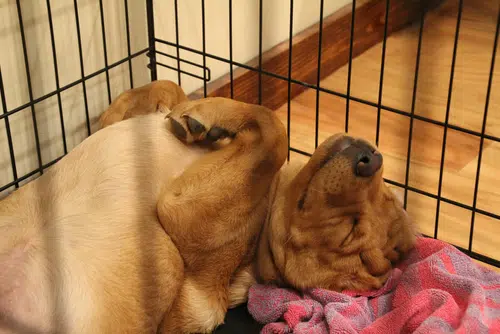
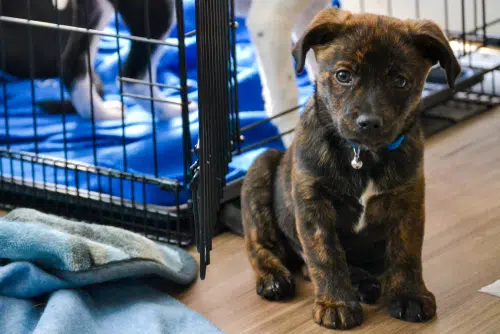
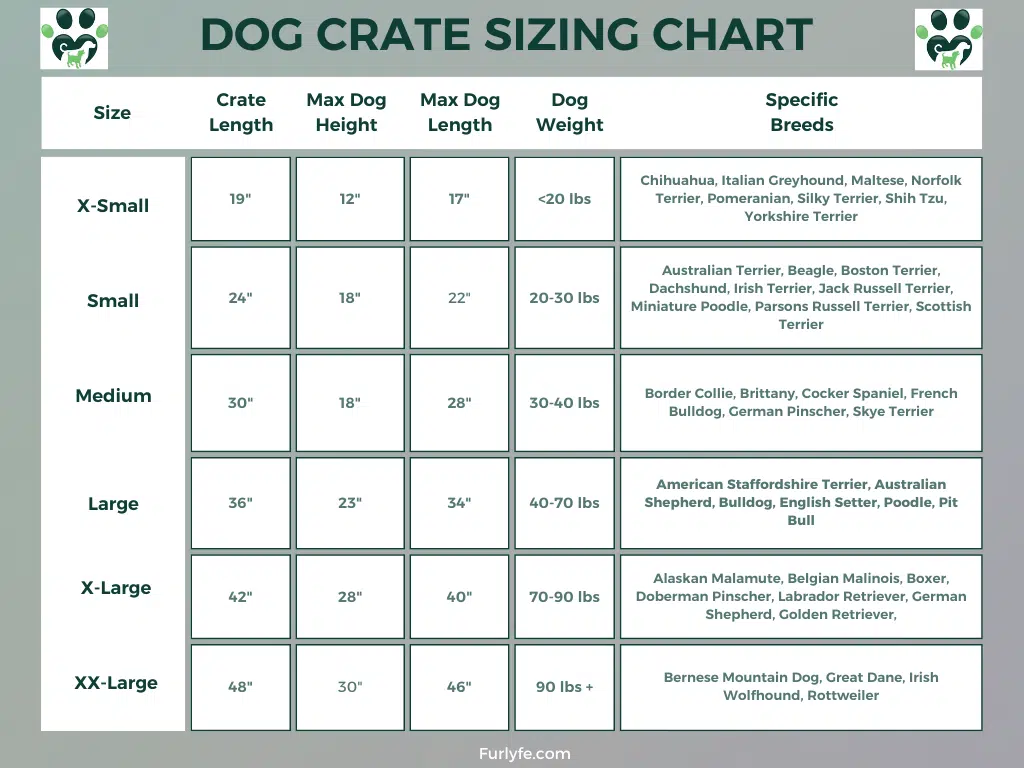
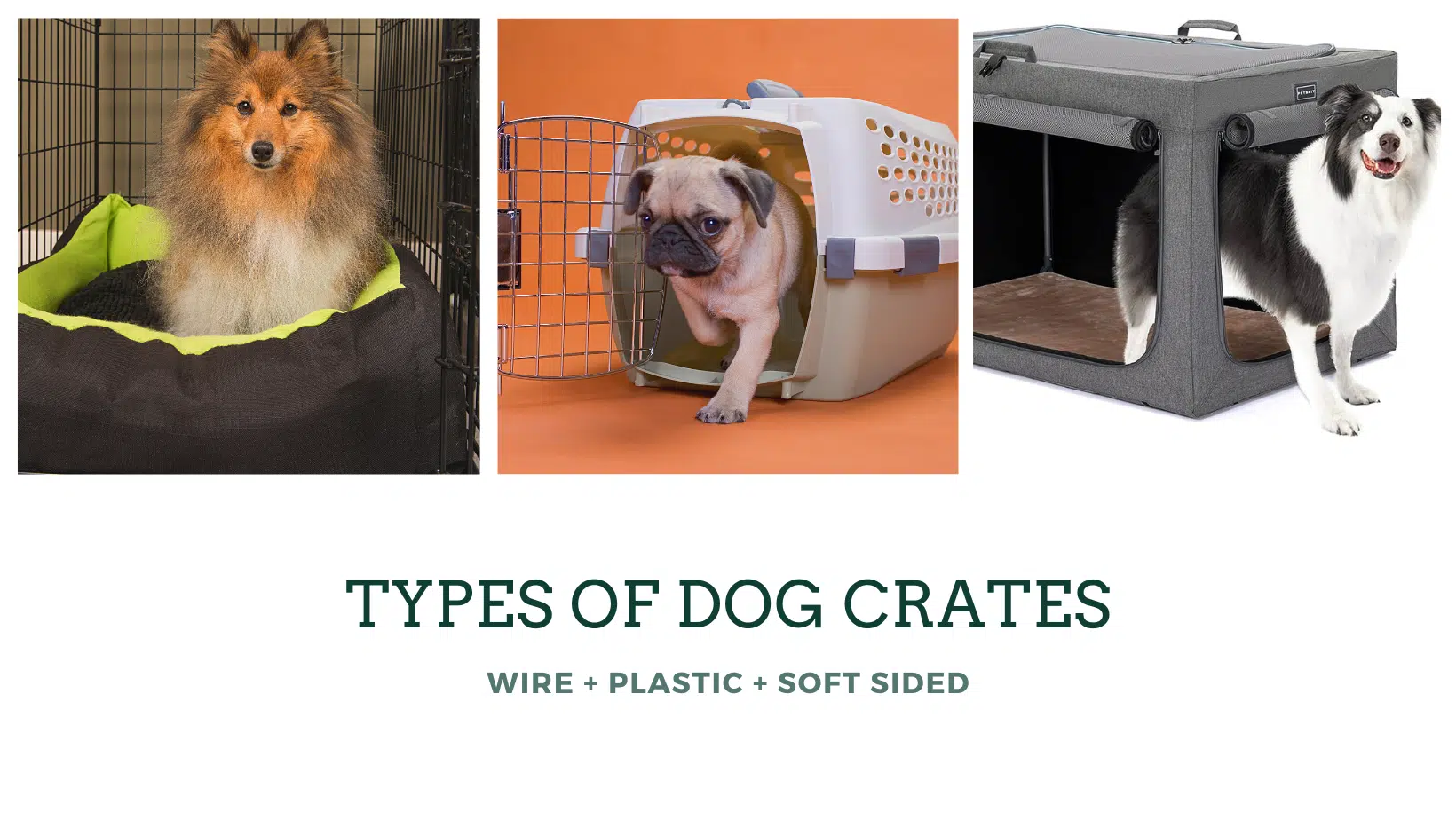
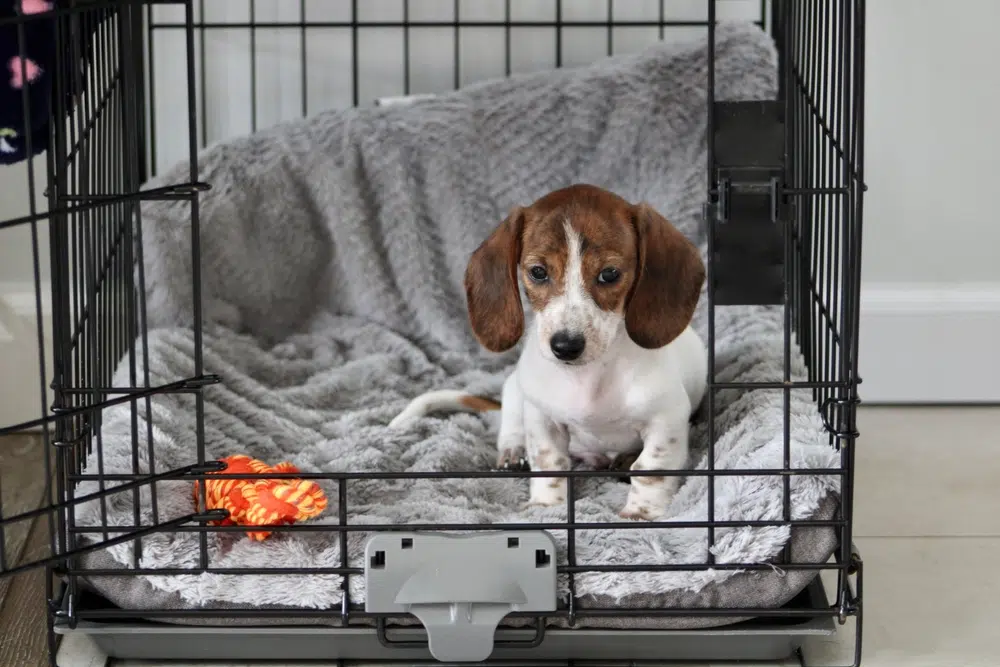

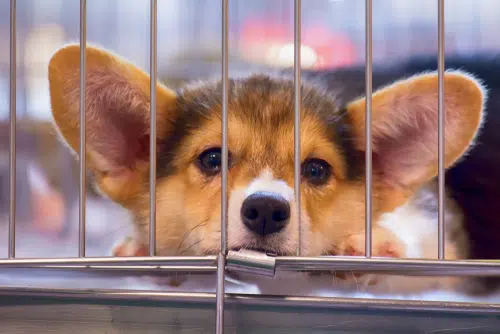

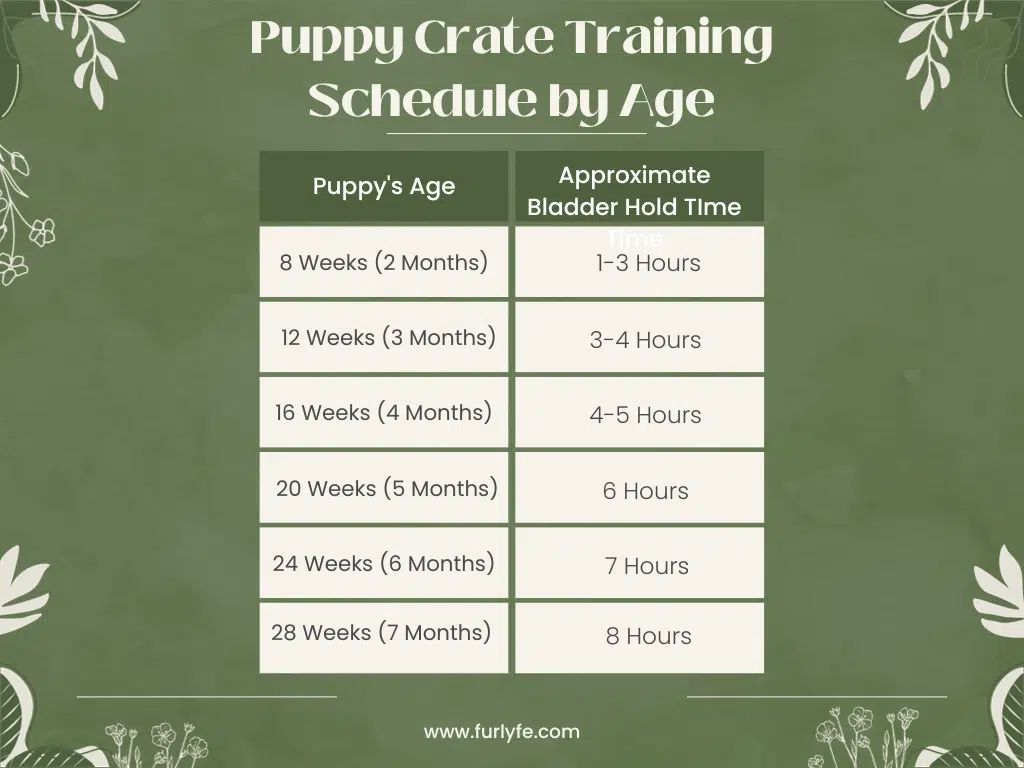

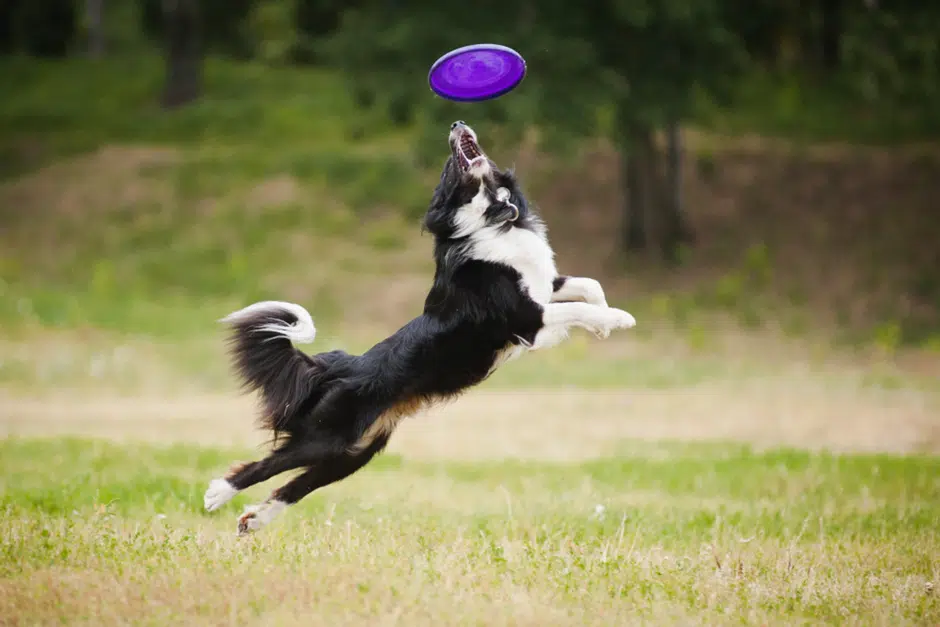
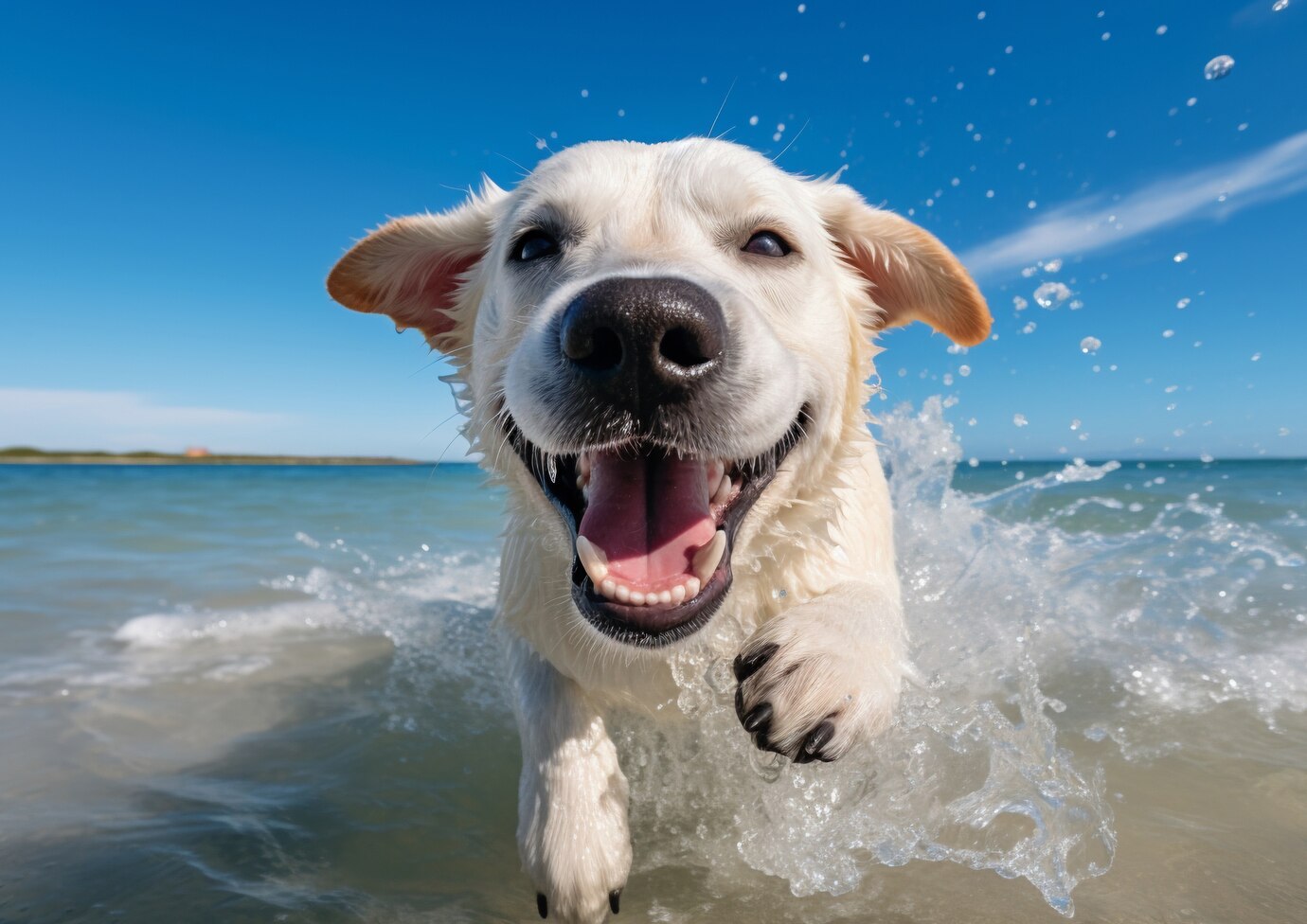



Get involved!
Comments